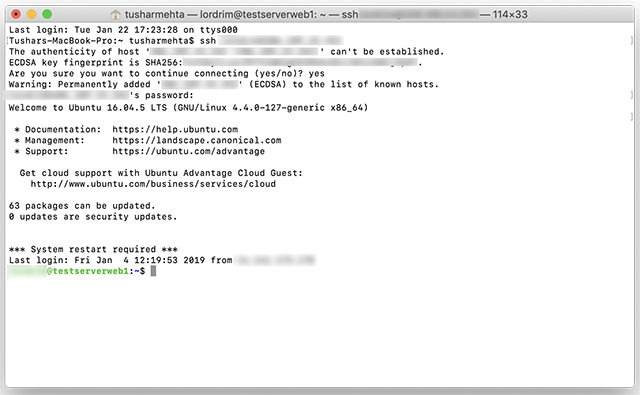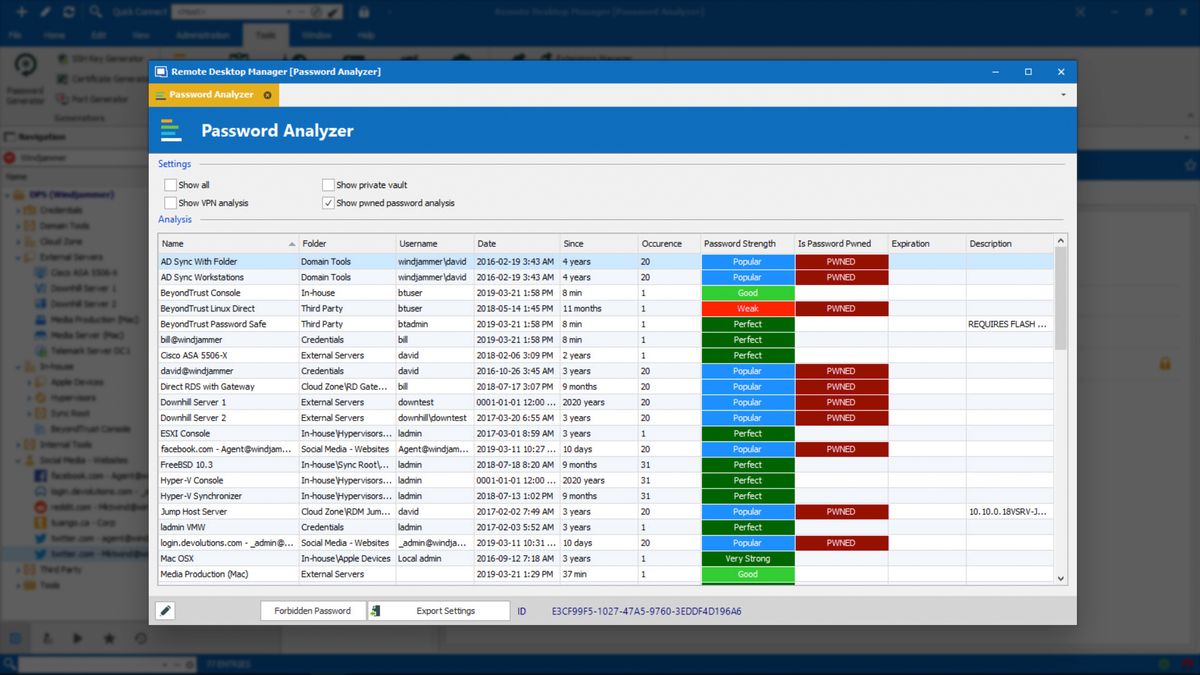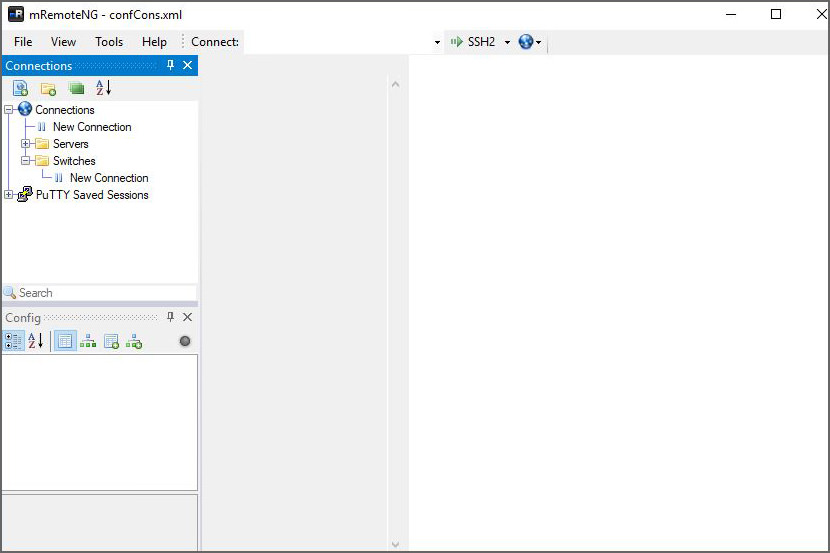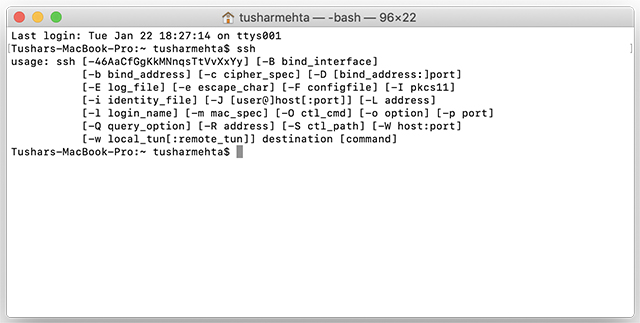
Now, you will be connected to your remote system.For security reasons, a prompt will ask to confirm the connection.Next, select the required connection type, like SSH, Raw, Telnet, Rlogin, Serial, etc.After opening it, enter the IP address or the hostname of the computer or any device you want to connect on Hostname field.

It will open the PuTTY SSH client application.


In Debian based Linux system, use apt-get or aptitude to install the server application PuTTY. Installation of PuTTY on other Linux distributions It will display information about the application such as version, architecture, and description. To confirm if that the installation is successful, run the command: sudo dpkg -l PuTTY PuTTY tools will be unpacked and set up in the further process.Ħ. A prompt will asked if you want to continue the installation. It will complete the installation by installing the application tools.Ĥ. Now, run the command: sudo apt-get install PuTTY It will prompt you to enter the username and password if you have the required access.ģ. The word “sudo” in the command is used to instruct the terminal to run the update command as “root” since a user might not have privileges to get going with the installation and updation.

Note: The command would make sure that Ubuntu installs the latest version of PuTTY, in case, it might install the older versions of the software. Before starting with the installation process, update the packages and repositories of Ubuntu using the command: sudo apt-get update Generally, PuTTY is already available in the repository of Ubuntu. Type the command: sudo add-apt-repository universeĢ. As a prerequisite, it is necessary to make sure whether the universe repository of Ubuntu is enabled or not. Let us look at the steps of installing the server application on a Ubuntu machine.ġ. On a Linux-based system, PuTTY can easily be installed via terminal.


 0 kommentar(er)
0 kommentar(er)
